Sunstone
Sunstone is a type of feldspar mineral that is known for its glittering appearance and its warm, golden or reddish-orange hue.
It is named for its sun-like appearance, and is often used in jewellery and decorative objects due to its striking color and sparkle.
The glittering effect is caused by copper rich inclusions.
Showing all 7 results
-
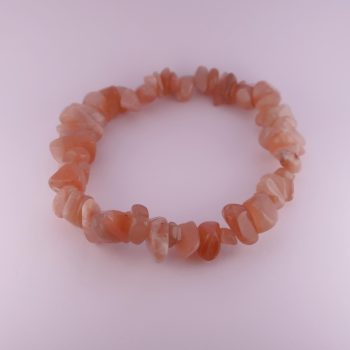
Feldspar bracelets (Sunstone)
£2.00 -
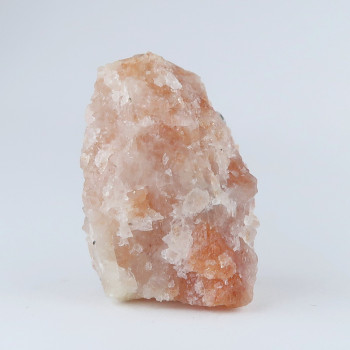
Oligoclase feldspar (Sunstone) from Sitasaongi mine, India
£5.00 -
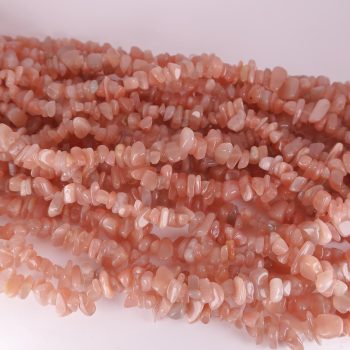
Sunstone bead strands
£3.00 -
Sale!
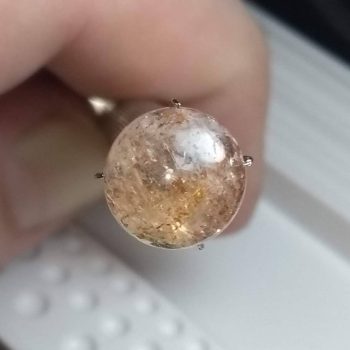
Sunstone cabochons
Price range: £1.50 through £9.00 -

Sunstone cabochons (Parcels)
£10.00 -
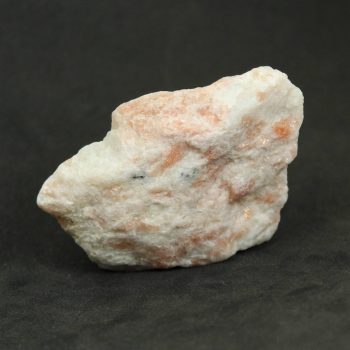
Sunstone Specimens / Rough
Price range: £2.95 through £9.95 -
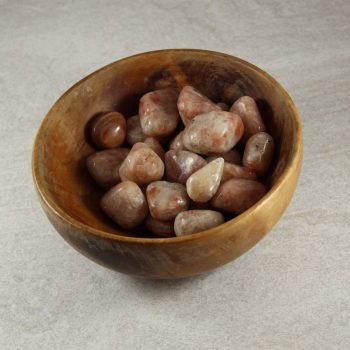
Sunstone Tumblestones
Price range: £1.95 through £3.95
Appearance, Uses and History
A few important distinctions need to be made regarding Sunstone.
Sunstone is a Plagioclase Feldspar, and plagioclase is a group of Feldspar minerals which consist of varying degrees of Albite and Anorthite. Members of the plagioclase group include Albite, Oligoclase, Andesine, Labradorite, Bytownite and Anorthite.
In many cases, members are referred to as plagioclase rather than a specific members name, because it can be extremely difficult to tell these minerals apart without lab tests. Some websites online will refer to Oregon Sunstone as plagioclase feldspar, others will refer to Oregon sunstone as a copper bearing Labradorite – both are correct.
Now that’s been ‘cleared up’; Sunstone demonstrates a glittering spangled optical effect similar to aventurescence. This optical effect is known as schiller, and is the main reason Sunstone is prized for jewellery. Oregon Sunstone is particularly prized due to larger inclusions of native copper, which are sometimes rainbow coloured and referred to as ‘lattices’ – with the name ‘rainbow lattice Sunstone’ given to the best pieces.
Sunstone, as far as I can tell, is used exclusively as a decorative stone – for jewellery making, or polished, or tumbled, or sold as mineral specimens.
Locales
Sunstone is found in Australia, Canada, India, Norway, Russia, Tanzania, and the USA. Oregon sunstone is by far the most prized.
Mineralogy
Hazards and Warnings
Almost all rocks, minerals (and, frankly, almost all other substances on earth) can produce toxic dust when cutting, which can cause serious respiratory conditions including silicosis.
When cutting or polishing rocks, minerals, shells, etc, all work should be done wet to minimise the dust, and a suitable respirator or extraction system should be used.
Translations
Arabic:
- حجر الشمس
Hindi:
Portuguese:
- pedra do sol
Bengali:
Indonesian:
- batu matahari
Punjabi:
English:
- sunstone
Italian:
Russian:
- солнечный камень
French:
- pierre de soleil
Japanese:
- サンストーン
Spanish:
- piedra solar
German:
- Sonnenstein
Korean:
- 선 스톤
Thai:
Gujurati:
Mandarin and Traditional Chinese:
- 日长石
- 太阳石
- 太陽石
Urdu:
- سورج پتھر
